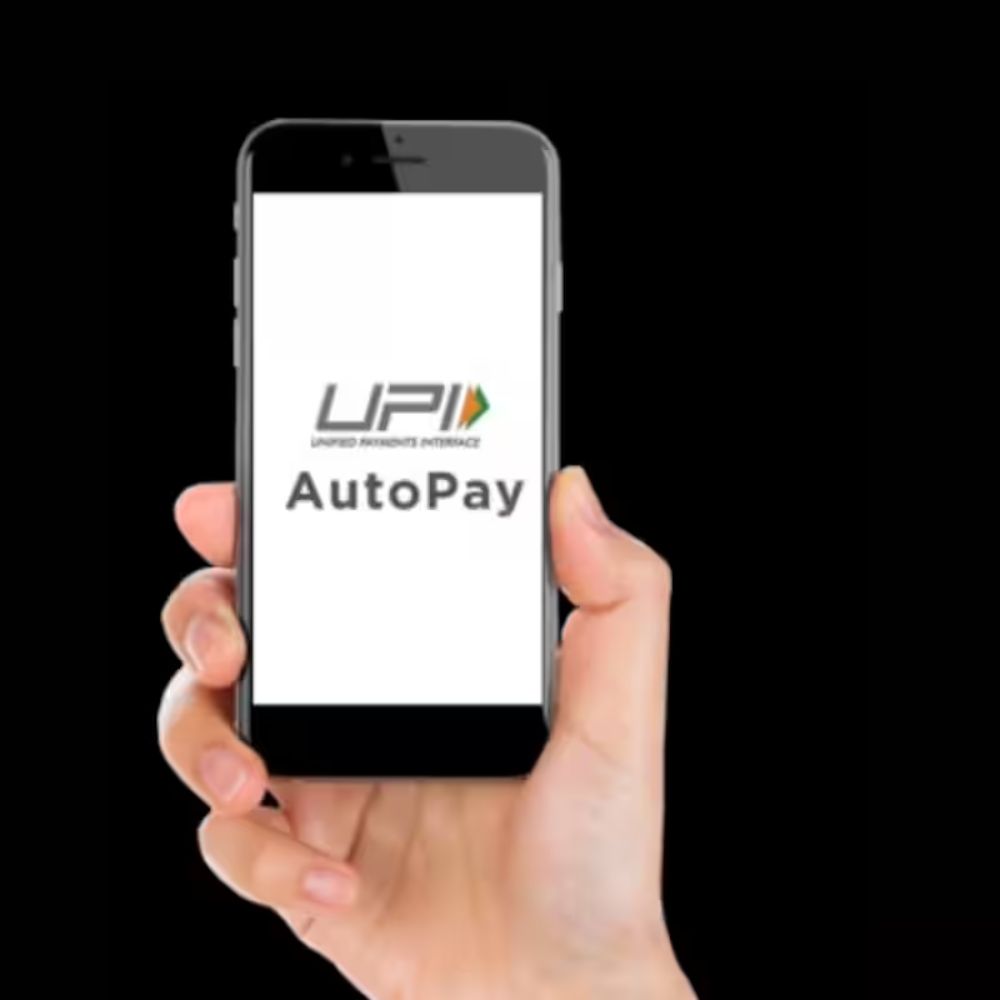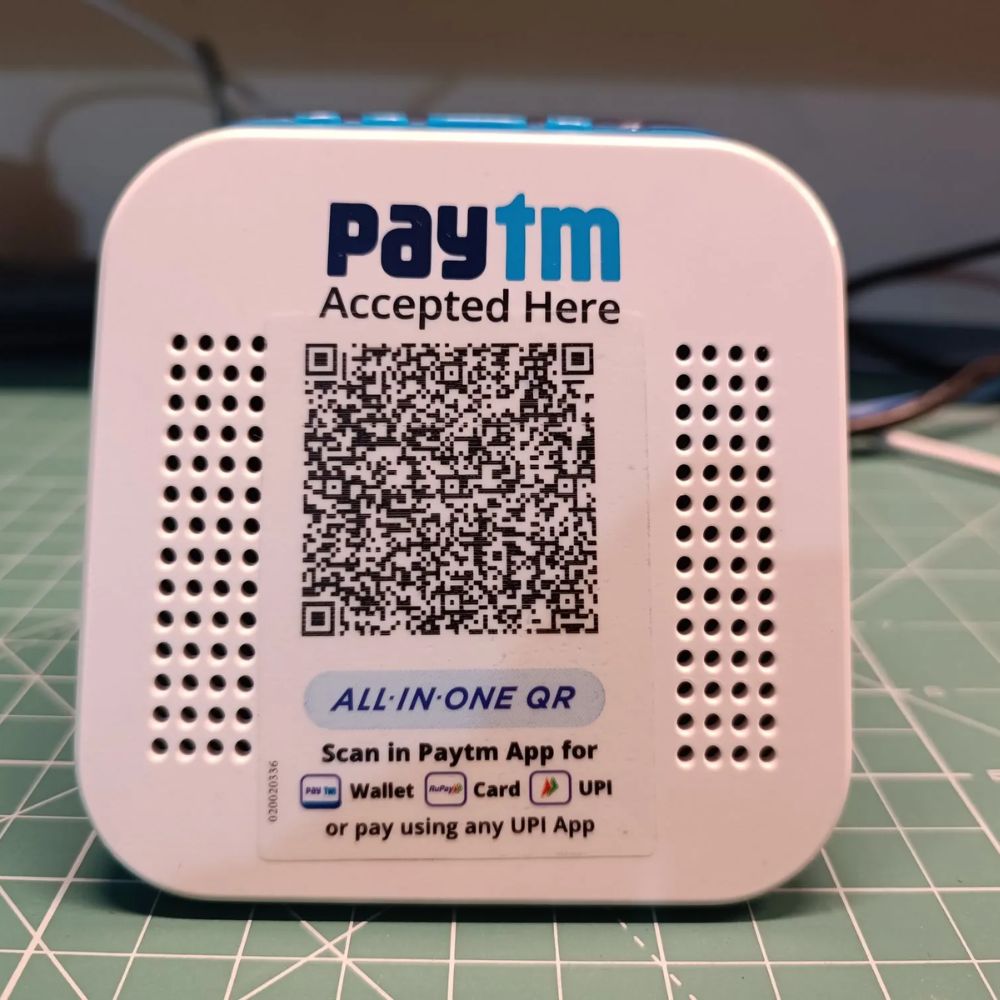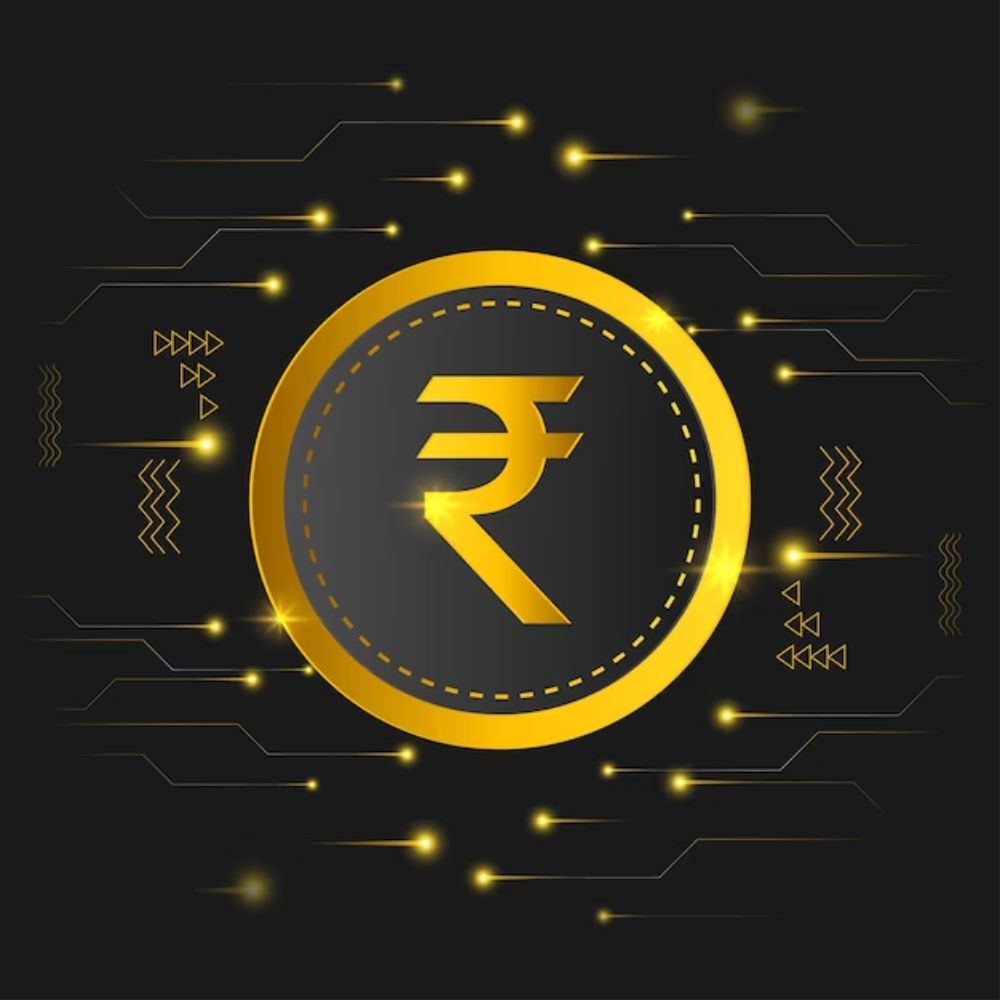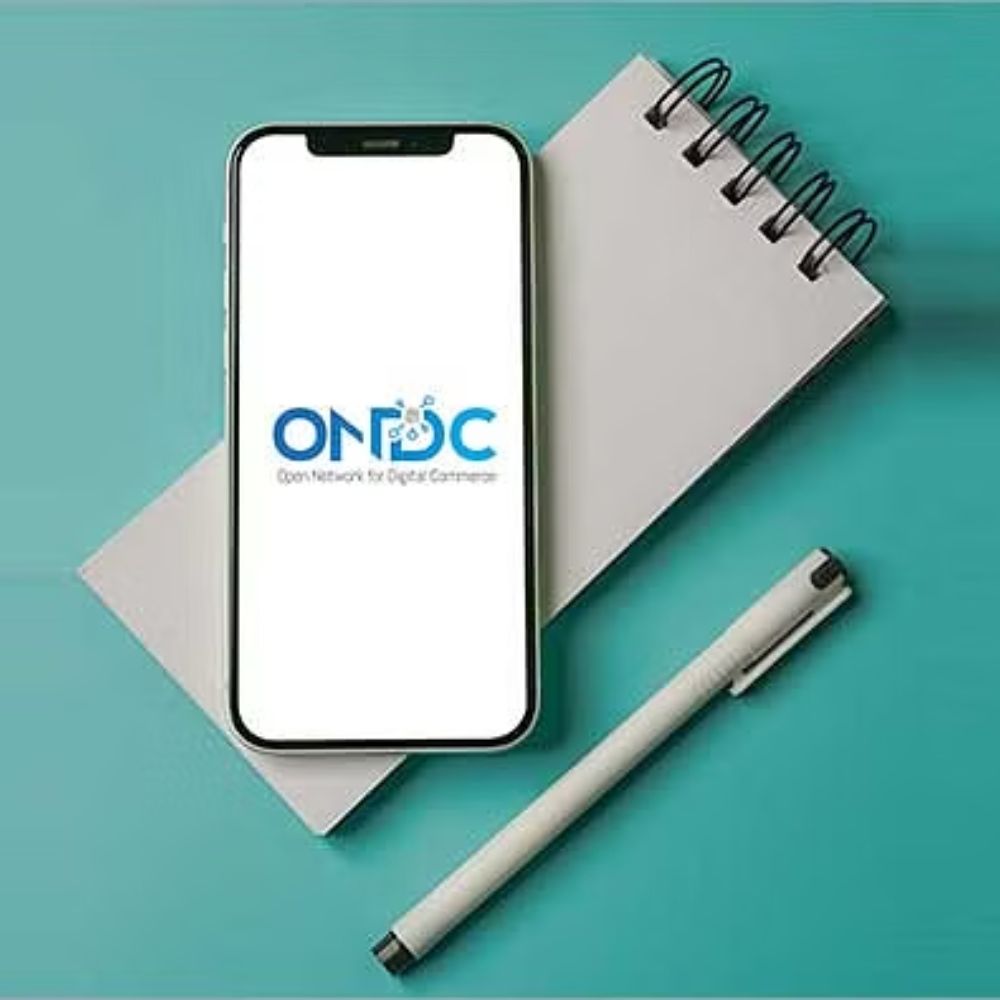During the pandemic, most people had already lost their jobs or had borrowed money from multiple sources, and these quick finance applications saw the opportunity and entered the space and provided a loan tenure with high-interest rates which ultimately leads to the occurrence of high debt.
A recent newspaper mentioned news regarding how a Bangalore man, Nanda Kumar was trapped by borrowing loans from more than 40 applications from the play store. His inability to repay the debt led agents to come after him now and then but unfortunately, Kumar decided to take the drastic step and ended his life.
Kumar is not alone and is unable to pay the outstanding expenses. There are many more practical cases all around the globe.
The instant loan apps lend at the click of a button but don’t declare the interest rates at the time of disbursement. They have found that deductions such as processing fees, GST, etc., add up to 30% per week.
Here’s how the Quick loan applications trick you physiologically:
1. The lending apps in question have no tie-ups with NBFCs.
2. They are offered a loan term of 91- 360 days.
3. Borrowers using these apps upload selfies and Aadhaar card details.
4. But when the loan is sanctioned, they are told to repay in 7 days.
5. Reminders to repay start on day 7.
6. Calls get abusive and receivers are threatened about the repayment of debt.
According to data from National Crime Records Bureau, the number of suicides has seen a big jump since the pandemic hit and roughly 25,200 of those are attributed to job losses and being in debt.
The story is similar each time. Loan apps enable small-sized loans, which many individual borrowers take several times across different app-based lenders. However, if the borrower has just lost his job or the salary is just enough to sustain timely repayments, the adequate monthly installments keep adding up. All this leads to loans coming after not just you, but your friends and family.















